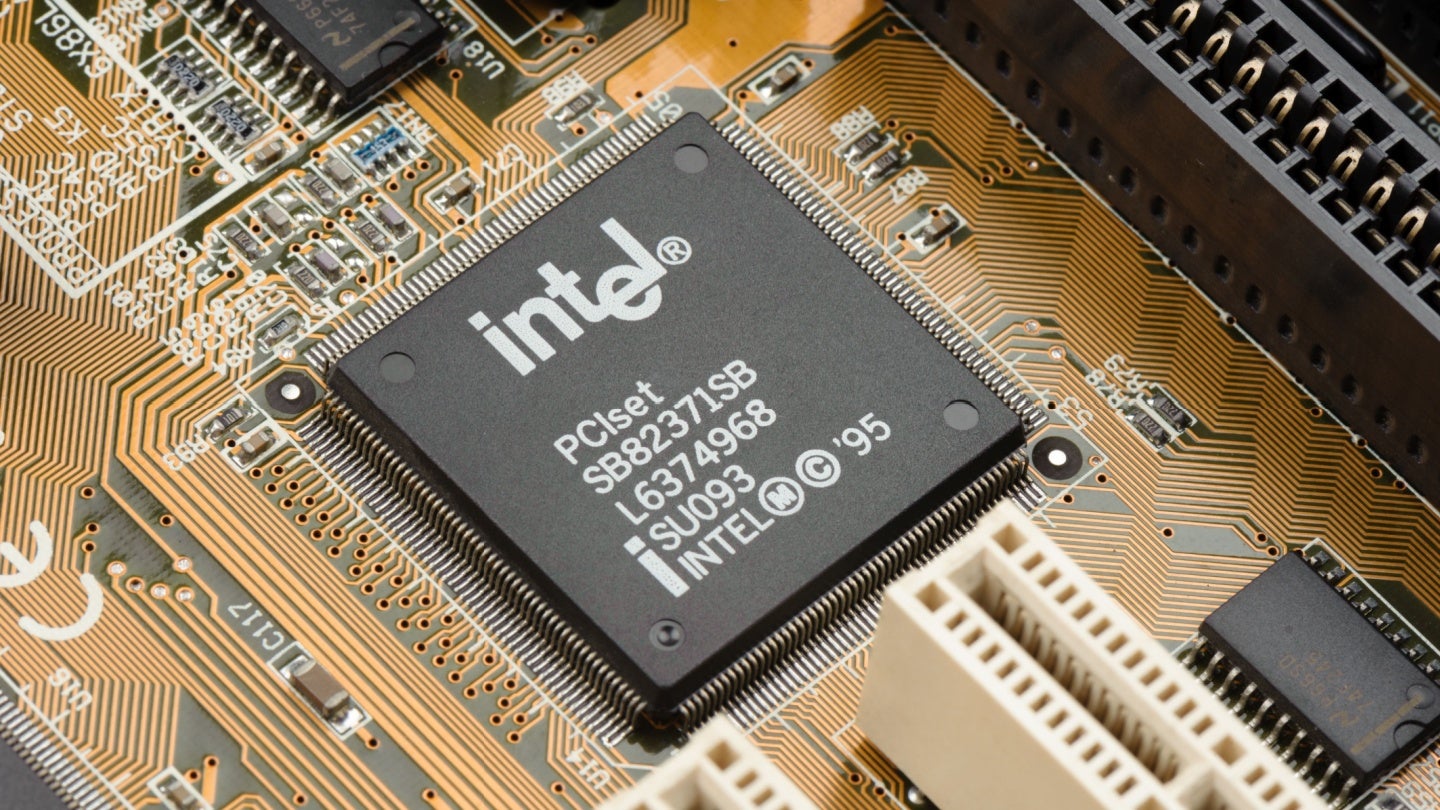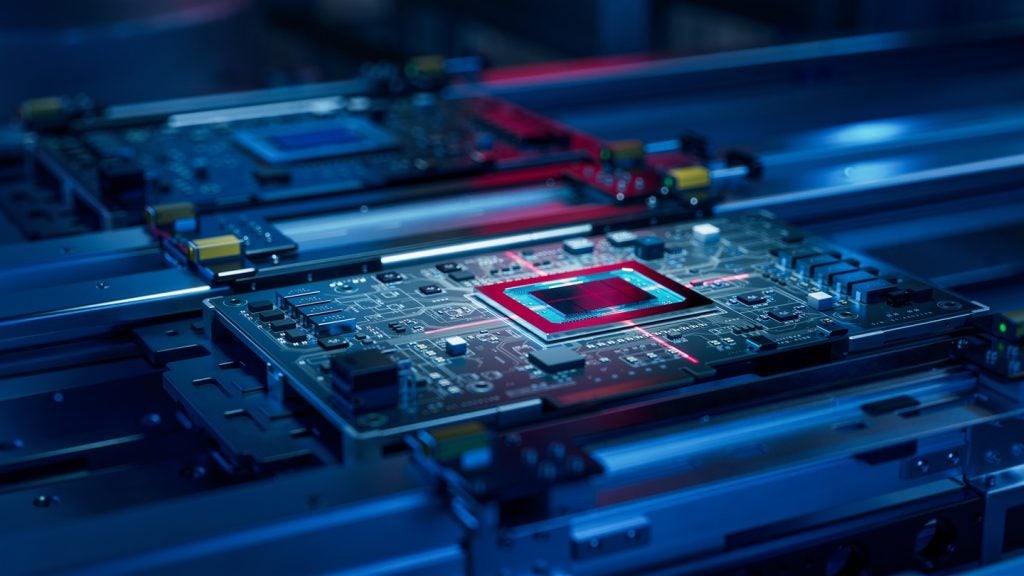
Intel has reported a $7bn loss in its chip manufacturing during 2023. This is over $2bn higher than operating losses reported by the company during 2022.
Intel’s overall manufacturing revenue was $18.9bn, in contrast to the $27bn revenue its manufacturing had reported the previous year.
Looking forward, Intel’s CEO Pat Gelsinger stated that he did not expect Intel to break even until 2027.
Intel recently invested in extreme ultraviolet (EUV) lithography machines from Dutch chipmaker ASML, which Gelsinger stated would help Intel save money in its long-term manufacturing.
“In the post EUV era, we see that we’re very competitive now on price, performance (and) back to leadership. And in the pre-EUV era we carried a lot of costs and were uncompetitive,” said Gelsinger.
Intel agreed to a non-binding agreement with the Biden administration in March to receive up to $8.5bn towards its semiconductor production.
How well do you really know your competitors?
Access the most comprehensive Company Profiles on the market, powered by GlobalData. Save hours of research. Gain competitive edge.

Thank you!
Your download email will arrive shortly
Not ready to buy yet? Download a free sample
We are confident about the unique quality of our Company Profiles. However, we want you to make the most beneficial decision for your business, so we offer a free sample that you can download by submitting the below form
By GlobalDataThe proposed funding would be accompanied by tax credits and federal loan eligibility, to boost domestic chip production.
This money would be particularly focused on expanding Intel’s chip production in Arizona, New Mexico, Ohio and Oregon.
According to research and analysis company GlobalData’s 2023 executive briefing on AI, the semiconductor industry has continued to be nascent throughout the rise of AI technology.
According to GlobalData, the global semiconductor industry is now worth around $600bn having achieved a CAGR of 8.3% between 2017 and 2022.
Currently the industry is dominated by countries in the Asia-Pacific region, like Taiwan or South Korea.
In 2022, the US accounted for less than half of the world’s semiconductor revenues, generating $141.4bn. Meanwhile, the Asia-Pacific region reported a revenue of $371.3bn in 2022 alone.
Outside of expanding its Arizona, New Mexico, Ohio and Oregon manufacturing, Intel also plans to secure more external businesses to use its manufacturing foundry. In February, Intel had already signed Microsoft as a customer.







